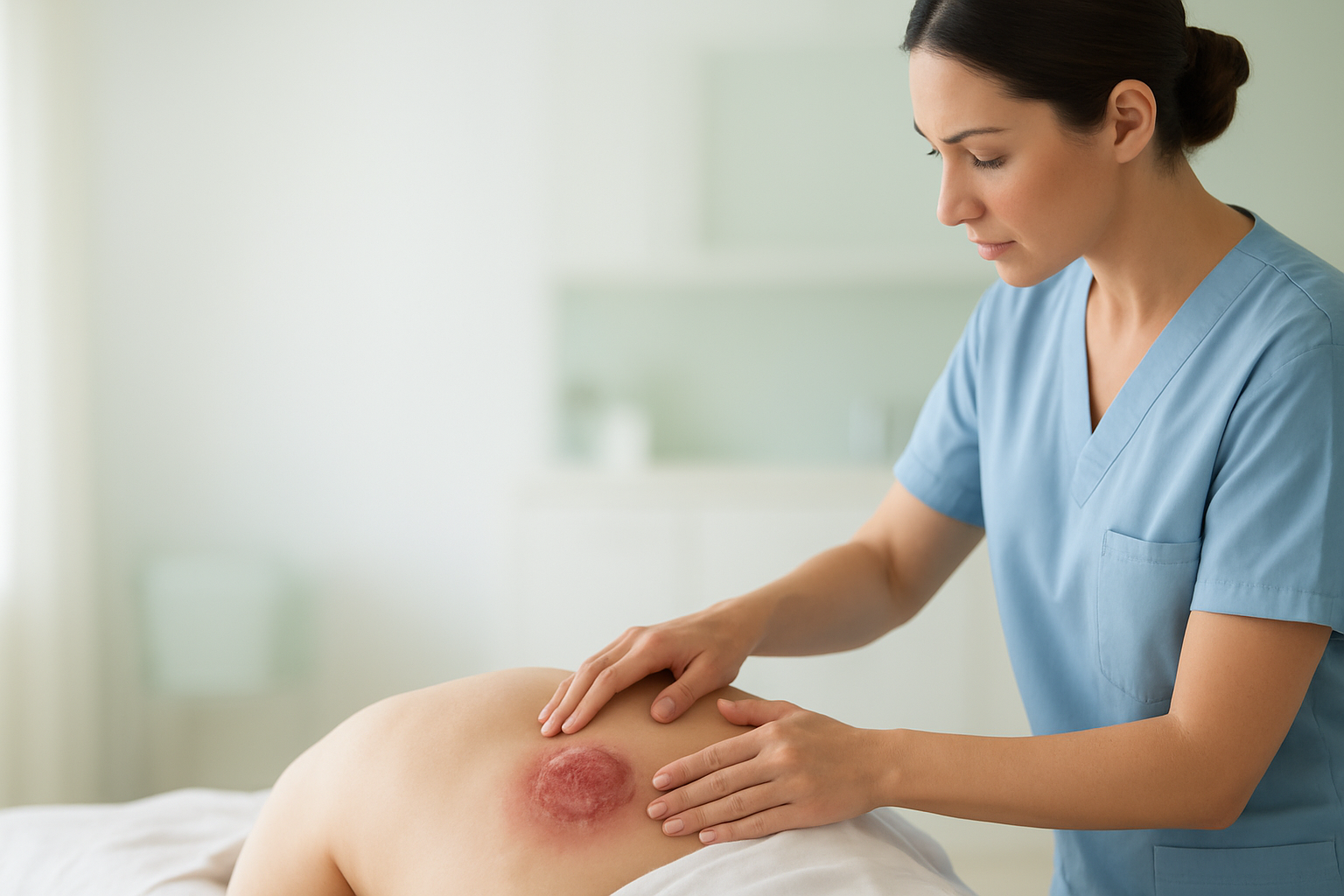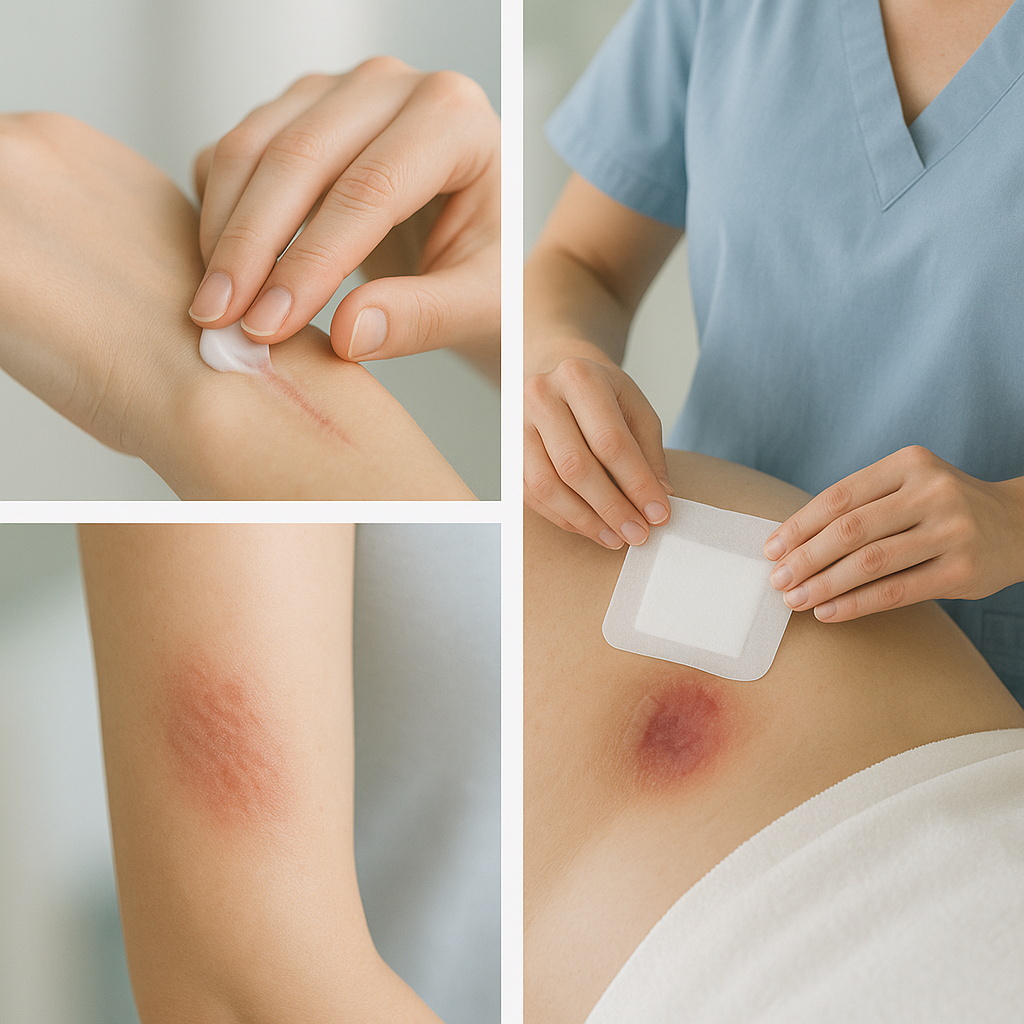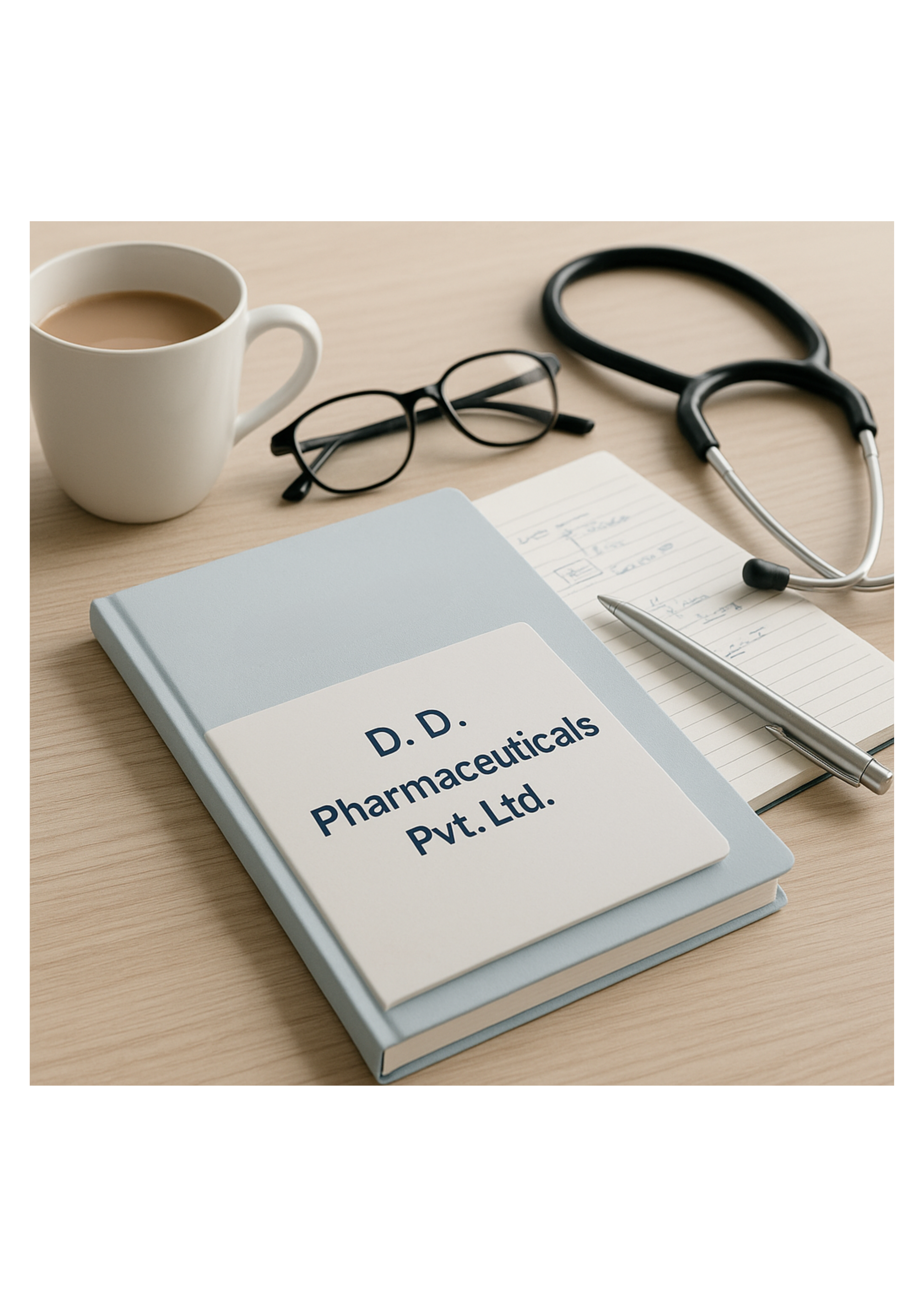Scar Care
Comprehensive scar management solutions to minimize appearance and improve texture. Expert guidance for prevention, treatment, and long-term care strategies.

18+ Months
Maturation period
Improvable
With proper treatment
Understanding Scars
Scars are the natural result of the body's healing process after tissue damage. While they represent successful wound healing, their appearance, texture, and flexibility can often be improved through proper care and specialized treatments.
Common Causes
- Surgical incisions and procedures
- Accidents and traumatic injuries
- Burns and thermal injuries
- Acne and skin conditions
Risk Factors
- Age and skin elasticity
- Genetics and skin type
- Location and tension on skin
- Early intervention and care
Types of Scars & Treatment Options

Hypertrophic Scars
Raised, thick scars that remain within the original wound boundaries. Often red or pink and may improve over time with treatment.
Recommended Products:

Keloid Scars
Overgrown scar tissue that extends beyond the original wound area. More common in darker skin types and may continue growing.
Recommended Products:

Atrophic Scars
Depressed or sunken scars below the surrounding skin surface. Common with acne, chickenpox, or tissue loss injuries.
Recommended Products:

Contracture Scars
Tight scars that restrict movement, often from burns. Can affect muscles, joints, and nerves underneath the skin surface.
Recommended Products:
Treatment Timeline & ExpectationsRecognizing the Symptoms
Early Treatment (0-6 months)Early Symptoms
- Begin silicone gel application immediately after wound closure
- Sun protection with SPF 30+ sunscreen
- Gentle massage therapy to improve flexibility
- Keep scar moisturized and hydrated
- Avoid excessive tension or stretching
Mature Treatment (6+ months)Advanced Symptoms
- Professional treatments like laser therapy or microneedling
- Chemical peels for texture improvement
- Injectable treatments for depressed scars
- Surgical revision for problematic scars
- Continued sun protection and moisturizing
Essential Care Strategies
Sun Protection
Apply broad-spectrum SPF 30+ sunscreen daily to prevent darkening and discoloration. UV exposure can significantly worsen scar appearance.
Scar Massage
Gentle circular massage helps break down scar tissue, improve circulation, and maintain skin flexibility. Start once wound is fully healed.
Active Treatments
Use silicone products, moisturizers with proven ingredients, and professional treatments to actively improve scar appearance and texture.


